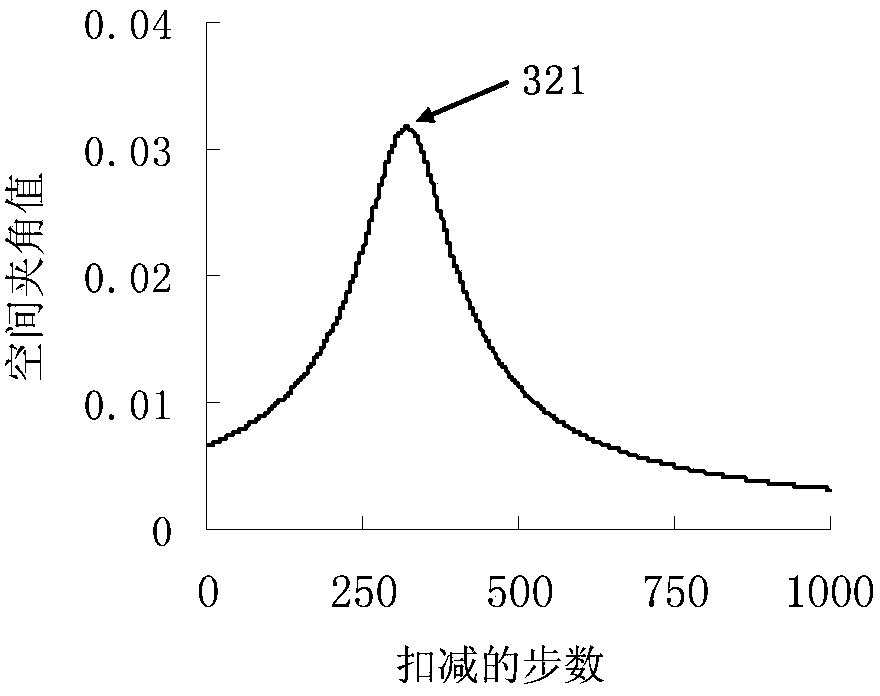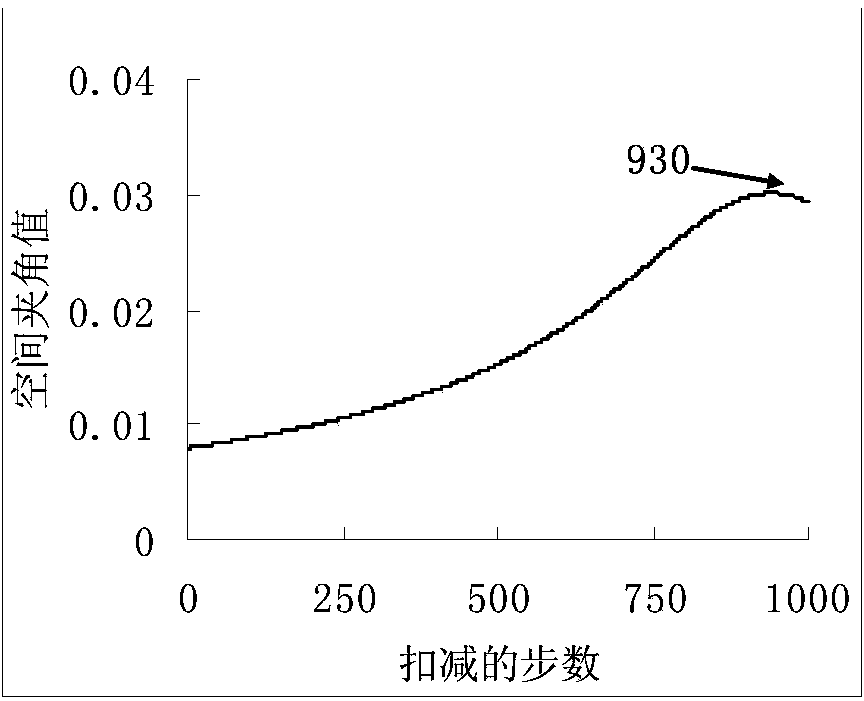Method for directly measuring potassium sorbate in soybean sauce
A technology of potassium sorbate and potassium sorbate, which is applied in the field of direct determination of potassium sorbate, can solve the problems of high analysis cost and complex processing, and achieve the effects of high analysis efficiency, simple analysis method, and simple operation intensity
- Summary
- Abstract
- Description
- Claims
- Application Information
AI Technical Summary
Problems solved by technology
Method used
Image
Examples
Embodiment 1
[0031] The Establishment of A Background Ultraviolet Spectrum Database N
[0032] Nine different brands of soy sauce were purchased from supermarkets, and the above nine kinds of soy sauce were analyzed by high performance liquid chromatography. The results showed that the general types of preservatives contained in the above nine kinds of soy sauce were the same as those marked in the ingredient list. Select the preservative-free potassium sorbate sample as the base soy sauce number 1 # -5 # .
[0033] Accurately weigh 1 # -5 # About 0.50g soy sauce, dilute to 25mL with distilled water. Pipette 0.5mL into a 10mL volumetric flask, distilled water to volume, collect 1 # -5 # The multi-wavelength ultraviolet spectrum of the solution from 190nm to 380nm constitutes the background database of soy sauce, which is recorded as N.
[0034] Establishment of UV Spectrum Database of Potassium Sorbate Standard Substance
[0035] Accurately weigh 0.025g of potassium sorbate in a sm...
Embodiment 2
[0063] Determination results of different pretreatment methods of soy sauce to be tested
[0064] choose S 1 and S 2 Two commercially available soy sauce samples were weighed with the same quality, treated with different pretreatment methods, and the content of potassium sorbate in the samples was determined by the vector-subspace method, and compared with the results of HPLC analysis. (1) Use this method for direct dilution determination. (2) Using the organic solvent extraction method, first acidify the soy sauce sample, then add a certain amount of diethyl ether to extract 3 times, then combine the diethyl ether extracts, heat in a water bath to volatilize the diethyl ether, and then measure with methanol to volume. The results of the two methods are shown in Table 2.
[0065] Table 2 Comparison of measurement results of different sample processing methods
[0066]
[0067] It can be seen from the results in Table 2 that the determination results of the two different...
Embodiment 3
[0069] Soy sauce sample spiked recovery experiment
[0070] Different amounts of potassium sorbate were added to S1 and S4 soy sauce samples, and the experimental results are shown in Table 3. It can be seen from Table 3 that the recovery rate of the standard addition is between 95% and 103.33%, which meets the analysis requirements.
[0071] Table 3 The results of the standard recovery experiment of commercially available soy sauce potassium sorbate
[0072]
[0073] A certain amount of potassium sorbate was added to the S4 soy sauce sample, and the parallel determination was performed six times. The average relative standard deviation RSD was 2.53%. This method has good precision and meets the detection requirements of actual samples.
PUM
| Property | Measurement | Unit |
|---|---|---|
| wavelength | aaaaa | aaaaa |
Abstract
Description
Claims
Application Information
 Login to View More
Login to View More - R&D
- Intellectual Property
- Life Sciences
- Materials
- Tech Scout
- Unparalleled Data Quality
- Higher Quality Content
- 60% Fewer Hallucinations
Browse by: Latest US Patents, China's latest patents, Technical Efficacy Thesaurus, Application Domain, Technology Topic, Popular Technical Reports.
© 2025 PatSnap. All rights reserved.Legal|Privacy policy|Modern Slavery Act Transparency Statement|Sitemap|About US| Contact US: help@patsnap.com



